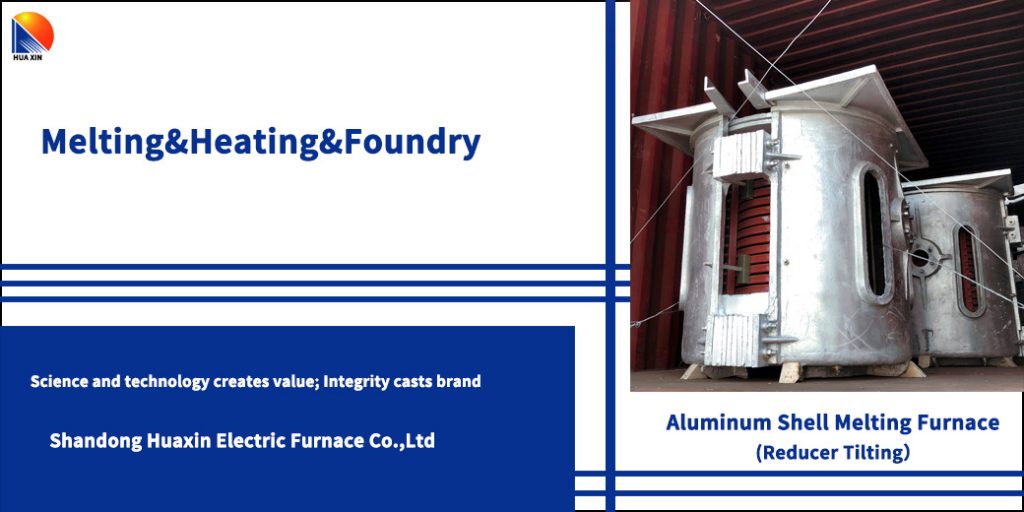The working principle and application of medium frequency induction furnace
Medium frequency induction furnace is a kind of three-phase power frequency alternating current, rectified into direct current, and then the direct current into an adjustable current, supplying the alternating current flowing through the capacitor and the induction coil, and generating high density in the induction coil The magnetic lines of force and cut the metal material contained in the induction coil, which produces a large eddy current in the metal material. This eddy current also has some properties of medium frequency current, that is, the free electrons of the metal itself flow in the resistive metal body to generate heat.
The medium frequency electric furnace uses an medium frequency power supply to establish an medium frequency magnetic field, which induces eddy currents and generates heat inside the ferromagnetic material, thereby achieving the purpose of heating the material. The medium frequency electric furnace uses 200-2500Hz medium frequency power supply for induction heating, melting and heat preservation. The medium frequency electric furnace is mainly used for smelting carbon steel, alloy steel, special steel, and can also be used for smelting and heating of non-ferrous metals such as copper and aluminum. The equipment is small in size and weight. Lightweight, high efficiency, low power consumption, fast melting and heating, easy control of furnace temperature, and high production efficiency.
Constant power output, faster melting speed, more obvious power saving effect. The zero-voltage sweep software is started, which is more suitable for frequent start-up requirements. Comprehensive protection measures, such as over-current, over-voltage, current-limiting, pressure-limiting, water shortage, and equal protection, ensure reliable operation of the equipment under the premise of ensuring the melting speed. The operation is simple, and it is suitable for various casting processes.
Medium frequency electric furnace for multiple occasions
(1) Standard parts heating forging
(2) Melting of various metal materials
(3) Heating coordination of motor rotor
(4) Heating pipe expansion at the end of steel pipe
(5) Die heat
(6) Medium frequency quenching of shafts
(7) Preheating of welds or tempering after welding, etc.


